Archives
- 2025-12
- 2025-11
- 2025-10
- 2025-09
- 2025-03
- 2025-02
- 2025-01
- 2024-12
- 2024-11
- 2024-10
- 2024-09
- 2024-08
- 2024-07
- 2024-06
- 2024-05
- 2024-04
- 2024-03
- 2024-02
- 2024-01
- 2023-12
- 2023-11
- 2023-10
- 2023-09
- 2023-08
- 2023-07
- 2023-06
- 2023-05
- 2023-04
- 2023-03
- 2023-02
- 2023-01
- 2022-12
- 2022-11
- 2022-10
- 2022-09
- 2022-08
- 2022-07
- 2022-06
- 2022-05
- 2022-04
- 2022-03
- 2022-02
- 2022-01
- 2021-12
- 2021-11
- 2021-10
- 2021-09
- 2021-08
- 2021-07
- 2021-06
- 2021-05
- 2021-04
- 2021-03
- 2021-02
- 2021-01
- 2020-12
- 2020-11
- 2020-10
- 2020-09
- 2020-08
- 2020-07
- 2020-06
- 2020-05
- 2020-04
- 2020-03
- 2020-02
- 2020-01
- 2019-12
- 2019-11
- 2019-10
- 2019-09
- 2019-08
- 2019-07
- 2018-07
-
Our studies approached this problem using integrative omics
2020-05-19
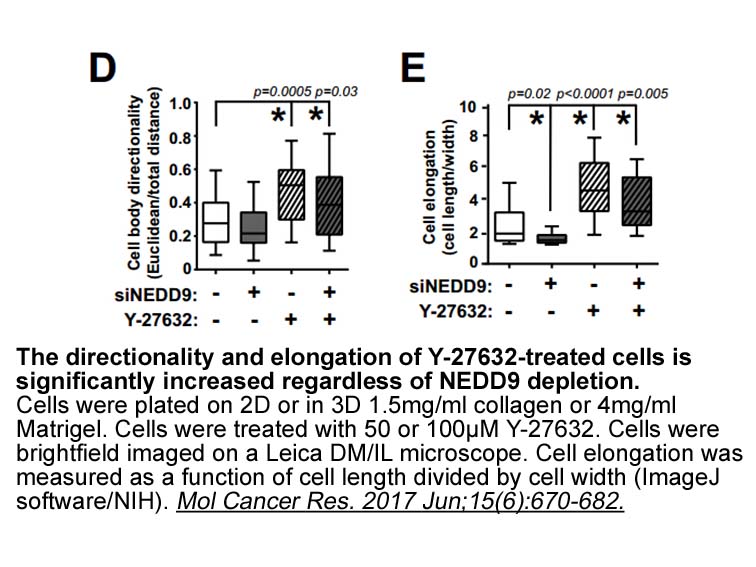
Our studies approached this problem using integrative -omics analysis of human NK-ieILC1s from distinct microenvironments and functional subsets, including helper and adaptive phenotypes. At both the transcriptional and epigenetic levels, we find that the adaptive subset, CD57+ cytotoxic NK cells, s
-
We further verified the presence of
2020-05-18
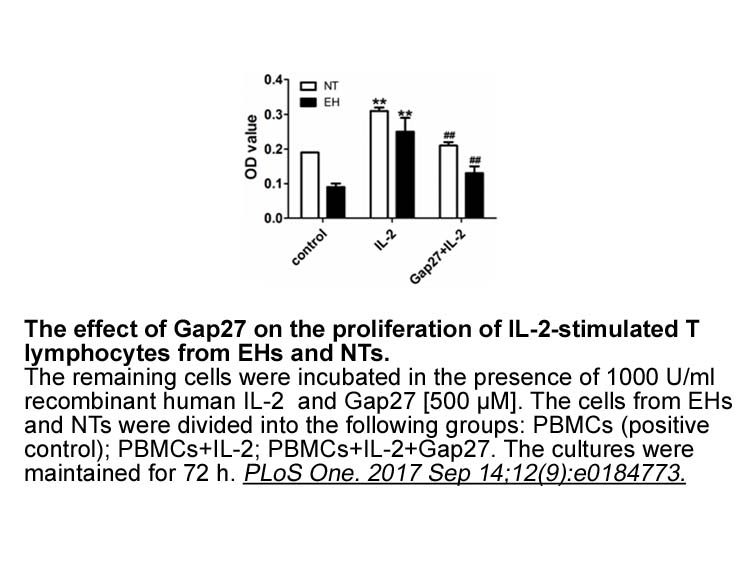
We further verified the presence of CLIC1, CLIC4 and CLIC5 in purified mitochondria following protocols described earlier (Singh et al., 2012). As shown in Fig. 4, CLIC4 and CLIC5 were present in the ultra-pure mitochondrial fraction (M3). All the three fractions obtained from 30% (v/v) Percoll grad
-
rp gift card receptor br Results br Discussion In this
2020-05-18
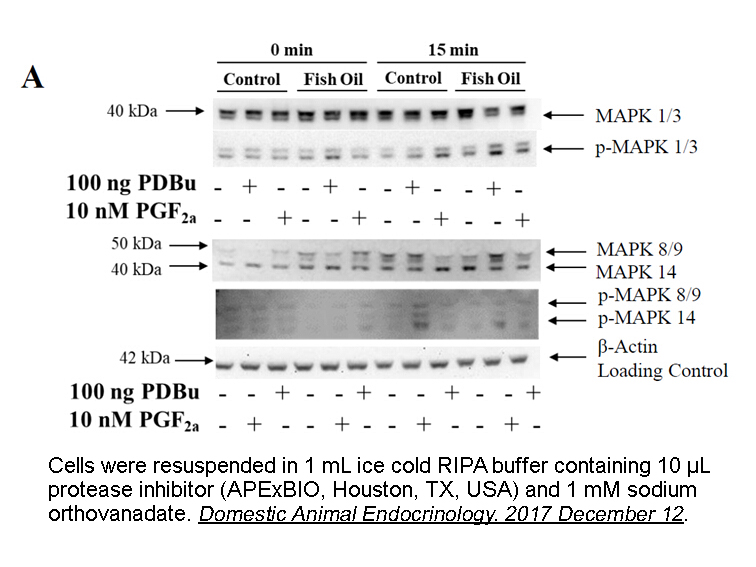
Results Discussion In this paper we present insights into the observed specificities of inhibitors targeting the ubiquitin-activating and related E1 rp gift card receptor via crystal structures of the specific NEDD8-E1 inhibitor MLN4924, the dual NEDD8/Ub E1 inhibitor ABPA3, and the selective
-
Ultrasound is an acoustic wave with a frequency kHz that
2020-05-18
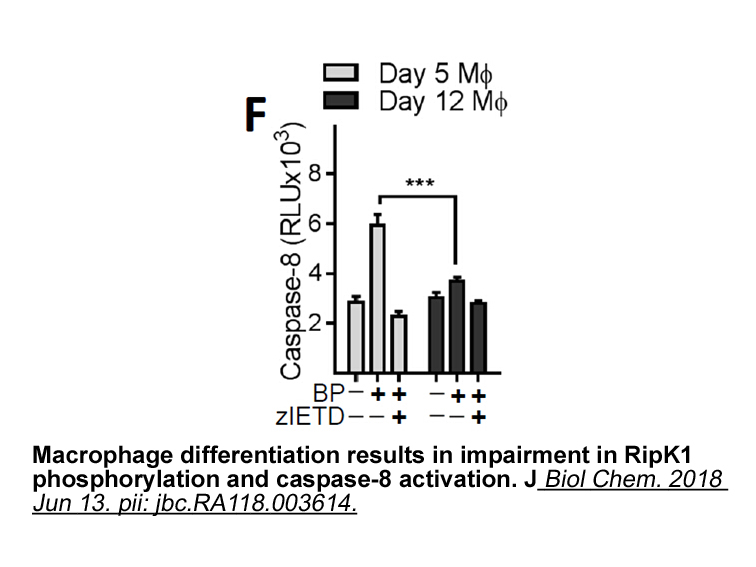
Ultrasound is an acoustic wave with a frequency >20 kHz that needs a medium to propagate [20]. Accompanied by the spread of an ultrasonic wave, a series of alternating cycles of compression and rarefaction emerge in the liquid medium. During the rarefaction cycle, microbubbles are formed because of
-
In Fig results of this
2020-05-18
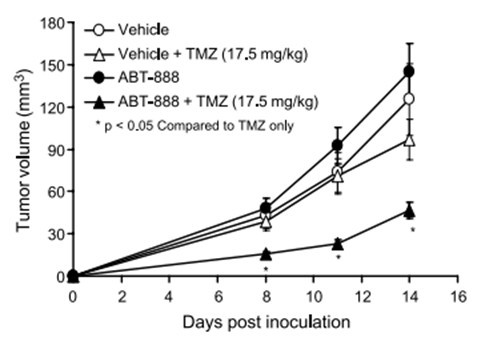
In Fig. 1 results of this experiment are shown as the contour plots of endopeptidase activity. Optimal for the enzyme production by this strain concentrations of peptone and inorganic phosphate were found to be 24 and 0.3g/l, respectively. For specific activity, the optima close to those for glutamy
-
From these and other studies it is
2020-05-18
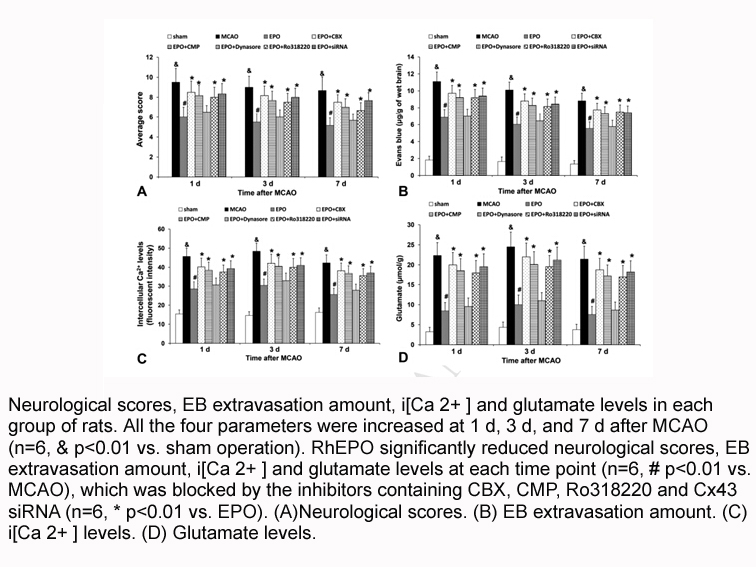
From these and other studies, it is clear that acriflavine is an interesting SecinH3 australia with pleiotropic anticancer effects [21], [22], [43]. Its past systemic use in the clinical setting as an antibiotic without any major toxicity reported encourages further development of the drug for cance
-
Considering the divergence of multiple DGAT isoforms
2020-05-18

Considering the divergence of multiple DGAT isoforms, we examined whether MiDGAT1 and MiDGAT2s utilized different fatty acids as the substrate to synthesize TAGs. GC-MS analysis indicated that C16:0 and C18:0 were the major components of TAGs in yeast cells, and all three MiDGATs displayed the same
-
Gene amplification PCR amplifications were performed using g
2020-05-18
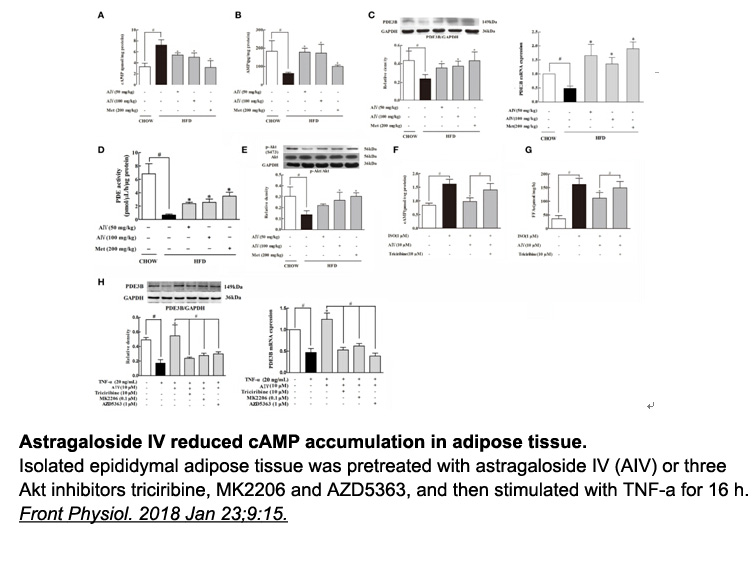
Gene amplification. PCR amplifications were performed using genomic DNA from the different organisms studied as template and two degenerate oligonucleotides (PP1 and PP2) as primersPP1 corresponded to the sense codons of the amino Wiskostatin synthesis motif AGGI(A/S)EM, and PP2 to the antisense se
-
Although the analysis described above
2020-05-18
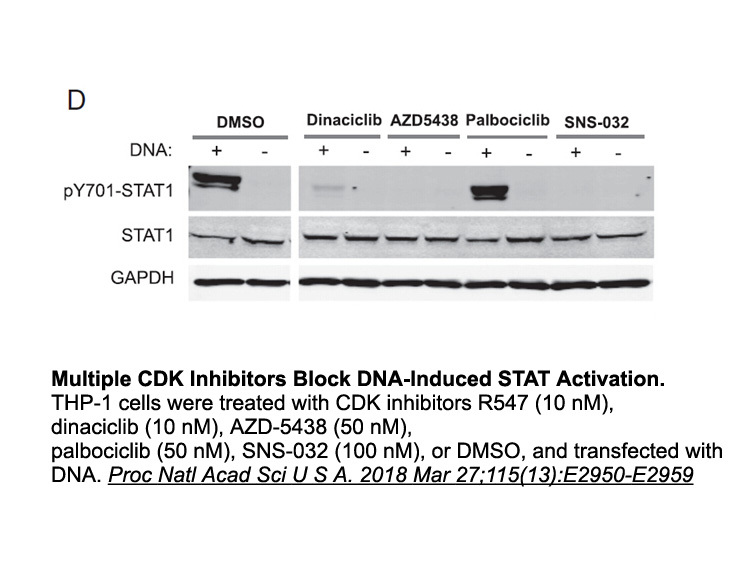
Although the analysis described above goes far to explain the mechanism of Cap Firefly Luciferase mRNA perturbations through CHK1 inhibition, it raises important questions about the mechanism by which WT RAS isoforms promote CHK1 S280 phosphorylation. Previous reports have shown that both the MAPK-R
-
pacap The role of ETB clearing receptors has
2020-05-16
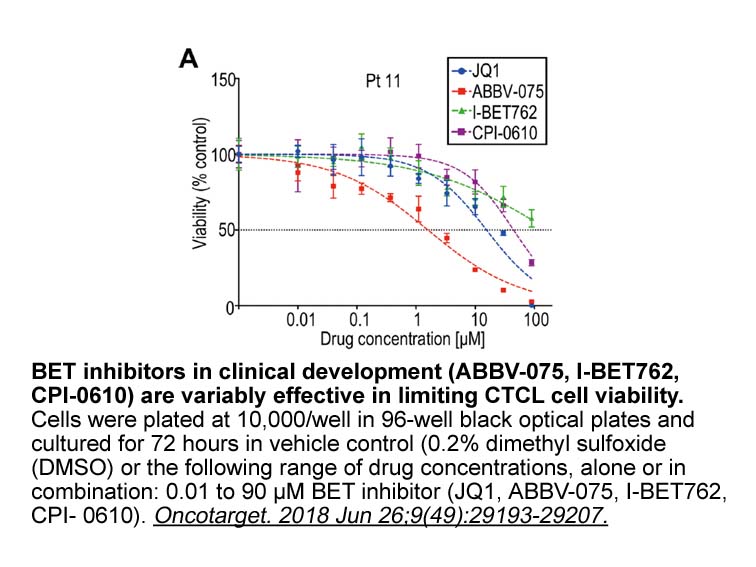
The role of ETB clearing receptors has been studied in detail in endothelial cell–specific ETB knock-out mice. In these animals, clearance of an intravenous pacap of labeled ET-1 was reduced significantly compared with wild-type controls. Importantly, functioning ETB were retained on all other cell
-
In addition to playing important roles
2020-05-16
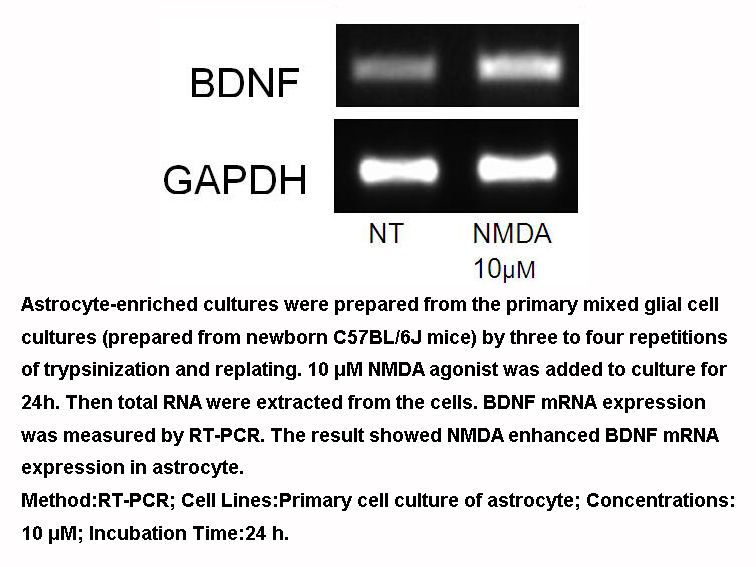
In addition to playing important roles in the immune system, EBI2 is also expressed in the 832 582 4016 australia of the central nervous system (CNS), namely astrocytes, and this receptor regulates astrocyte signalling, as well as astrocyte cell migration (Rutkowska et al., 2015, Rutkowska et al.,
-
CysLTs trigger contractile and inflammatory processes throug
2020-05-16

CysLTs trigger contractile and inflammatory processes through the specific interaction with cell surface receptors belonging to the rhodopsin family of the G protein-coupled receptor (GPCR) genes. Until now, two receptor subtypes have been cloned, namely CysLT1 and CysLT2[8]. In particular, when the
-
Dovitinib Lactate The protein levels of the three enzymes in
2020-05-16
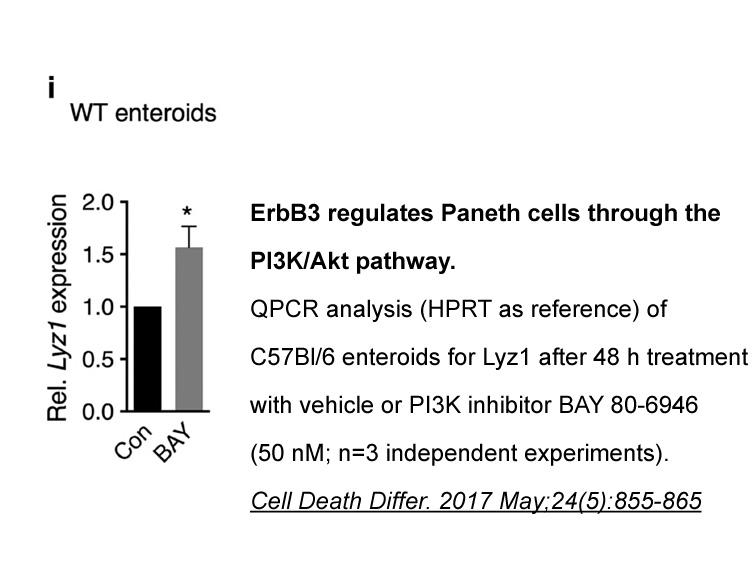
The protein levels of the three enzymes in the organs in the three earthworm species ranked body wall > intestine > seminal receptacle ≈ seminal vesicle (Fig. 3B).The presence of significant detoxification capability in the body wall would be logically expected in a soil dwelling organism, to facili
-
In agreement with the study on porcine microsomes Ekstrand e
2020-05-16
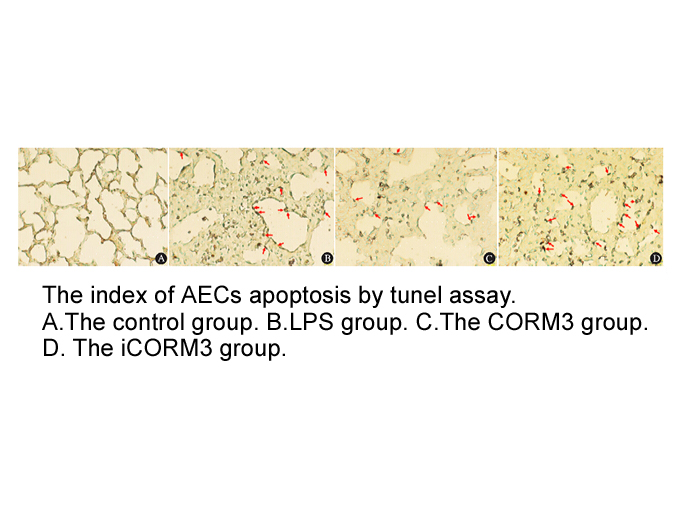
In agreement with the study on porcine microsomes (Ekstrand et al., 2015), our results indicated a somewhat higher degree of inhibition of CYP2E1 activity in the male pools compared to females. Nevertheless, the degree of this Fructose inhibition did not reach 50%, indicating that quercetin is unli
-
Targeting a specific cell type rather than the
2020-05-16
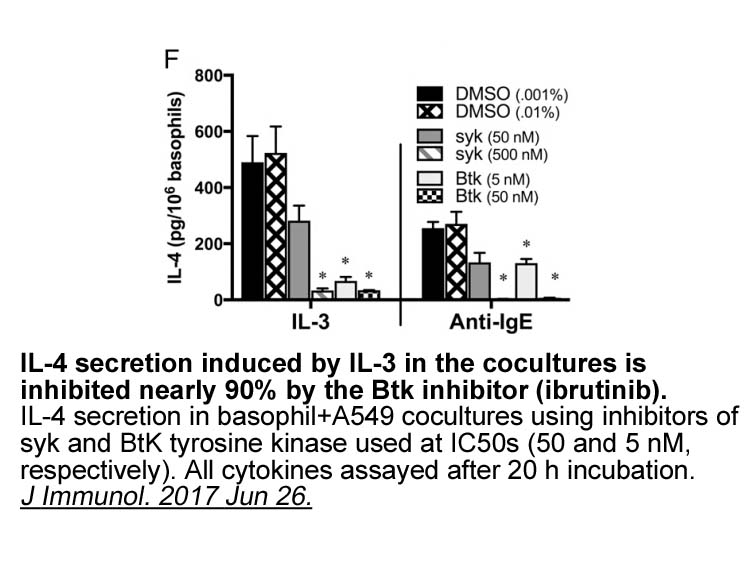
Targeting a specific cell type, rather than the broad cytotoxicity exhibited by some of the pharmacological agents currently used to treat lupus, may improve efficacy and decrease off target toxicity. Thus, evidence that macrophages and microglia are important to the pathogenesis of LN and NPSLE, re
15011 records 856/1001 page Previous Next First page 上5页 856857858859860 下5页 Last page